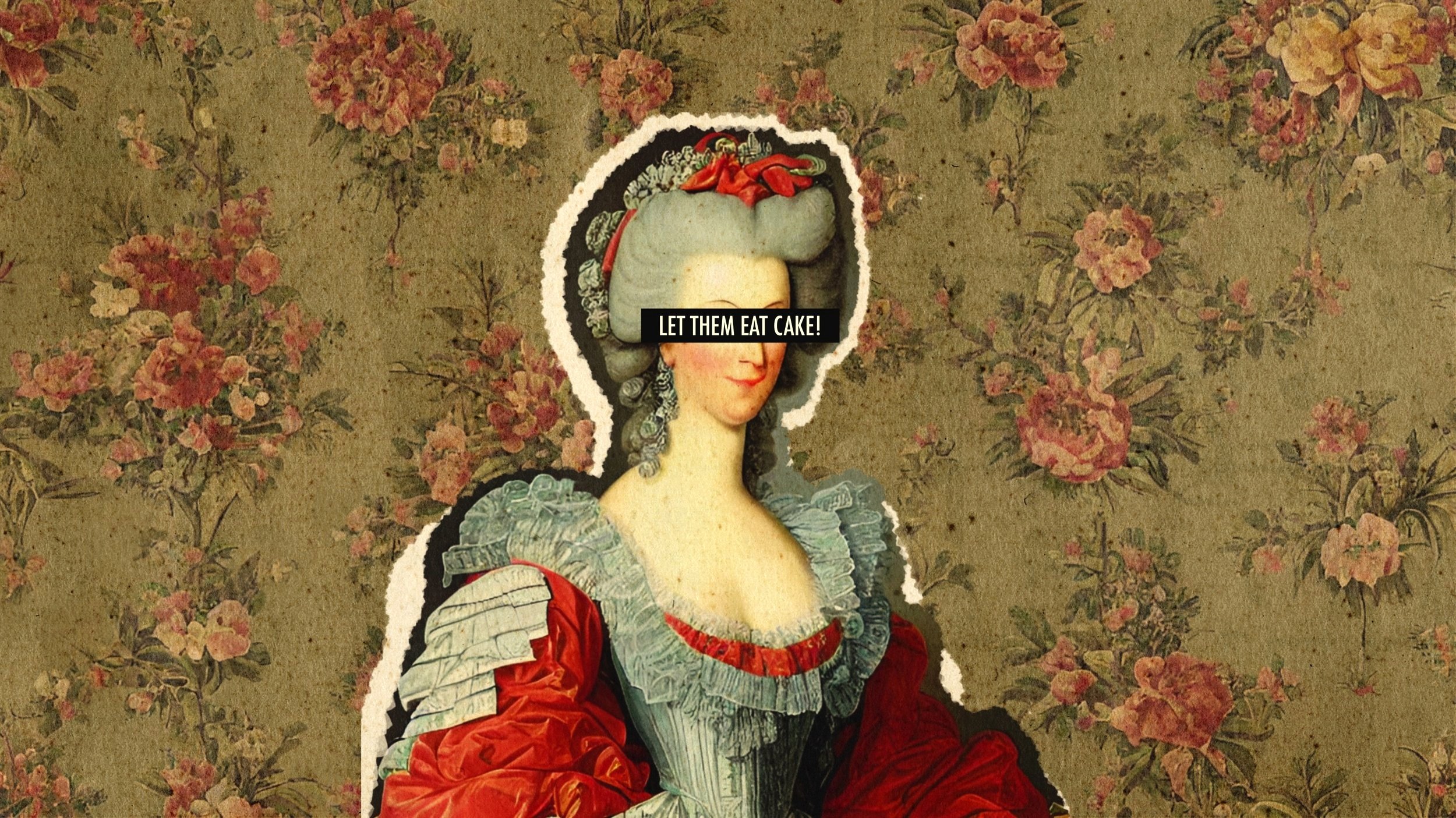Why Do Some Movie Meals Serve Up Symbolism with a Side of Fava Beans?
“The razor-thin garlic slices that Paulie cuts—”
BY STAFF @the Brimly Test KitchenAugust 16, 2023

Image Source/Editors @ Brimly
4 minute ReadINFO CONTENTIN-DEPTH READobjective ViewJust as the Gold Fashioned Bottled Cocktail swept the beverage industry, a whole universe of culinary symbolism has been quietly stirring the pot in the film industry.
In a dimly lit room filled with the aroma of buttery popcorn, your eyes are glued to the big screen. The camera pans across a table crowded with food: a hot, hearty stew; crusty bread; a goblet filled with red wine. These elements aren't merely props. They tell a story, lend depth to characters, and immerse the viewer in the world of the film. Food in movies is not just for eating; it's a powerful symbolic tool.
Food has a unique ability to connect us to different cultures, emotions, and experiences. We all eat, after all. But in movies, food does more than satiate hunger. It becomes a language, a symbol of love, power, identity, and more.
In Sofia Coppola's "Marie Antoinette," the plentiful pastries and cakes represent the excess and obliviousness of the French aristocracy on the eve of the revolution. In contrast, the humble bowl of "ratatouille" in Pixar's movie of the same name symbolizes home, passion, and the democratization of fine dining.
Food not only sets the stage but also helps shape the characters. A person's food choices can tell us much about their personality, background, and current emotional state.
Take, for example, in "Goodfellas," the razor-thin garlic slices that Paulie cuts—while in prison, no less—reveal his obsessive nature and the perversion of the American dream.
Food can also be a powerful tool to establish the setting and time period. In "Babette's Feast," the titular character's elaborate French meal transports the audience to 19th-century Paris, despite the film's Danish setting. Similarly, the futuristic "nutrition blocks" in "Snowpiercer" starkly highlight the dystopian world's bleakness.
Just like the smell of a dish can evoke certain emotions, food can set the mood in a film. Just like the warm, inviting pasta dinner in "Lady and the Tramp" creates an atmosphere of romance, movies use food to mirror our lives, struggles, and triumphs. It's a universal language that everyone understands. From the decadent feasts in "The Great Gatsby" to the straightforward, comforting eggs in "Moonstruck," food in cinema is a deliciously complex narrative tool.
Our round-up is:
Just as a chef uses ingredients to create a culinary masterpiece, filmmakers use food to craft immersive, emotionally resonant stories. So, the next time you watch a movie, pay attention to the food scenes. You may just find a hidden layer of flavor you never noticed before. By analyzing the symbolism of food in popular films, we can better understand filmmakers' storytelling techniques to engage our senses, tug at our heartstrings, and keep us coming back for second servings. Food in movies is not just for eating; it's a feast for the eyes, the mind, and the soul.
Fried Crispy Egg Hash
Are you looking for a hearty, delicious breakfast that will keep you full all morning?
view:MORE TO READ
BY BrimlyBY BrimlyBY BrimlyBY Brimly









